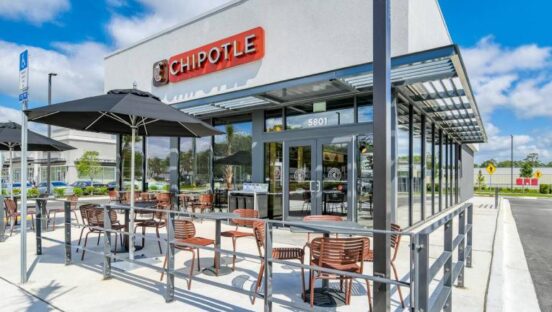





American icon
Think what long cross-country drives, international travel, late-night grub, and morning pick-me-ups have in common—quick-service restaurants make the world go round. But in an industry that is already so efficient, how can big giants stay relevant among the fast-casual innovation of emerging brands? The answer might lie in Conversational AI, otherwise known as chatbots or digital employees.
Fast food is undoubtedly popular in the U.S. with over 126 million people admitting to visiting a quick-service restaurant in the spring of 2016. The fact that we don’t have to concern ourselves with food preparation can partially be attributed to the reason we can fit so much in a day.
That makes customers satisfaction the ultimate component. Providing the best drive thru or mobile messaging ordering experience can make a difference between a dissatisfied and a loyal customer. Amid Starbucks investing and perfecting their mobile app and fast-food employees having the highest workforce turnover in 23 years, it’s time to consider new ways to incorporate AI into the industry. Here are five key business drivers for automated ordering:
Order Accuracy
The first step of a successful quick-service restaurant experience is, of course, ordering. The request should be understood quickly and easily. This applies to customization request such as “hold the onions” or “make the first one a large.” It even extends to mixed languages during the order like Spanglish. The information has to be accurately displayed for both sides, allowing for the most streamlined experience. Yes, there can be issues with speech recognition, however, an AI Chatbot can be trained to make accurate assessments as to what the user really meant, not to mention can assist in multiple languages and always remember to verify the order. Something that not every fast-food employee can consistently do.
Preventing Customer Dissatisfaction from an Impolite Employee
To build off the first point, customer satisfaction starts with the ordering process. A new employee or a seasoned one at the end of a long shift can understandably tend to become less patient with a customer. At 6 a.m. in the morning or at 12pm at night, nobody wants to deal with each other. The objective is to get the food and go. A chatbot that will stay pleasant and accommodating can serve both parties. The customer will experience the same high-degree of service as they would during a Thursday afternoon. While the employee will be shielded from stressed or obnoxious customers.
Increased Order Size
A great thing about chatbots is that you can program them to consistently upsell. A chatbot will never forget to ask if you’d like to ‘supersize’ the order. It also can be updated on certain promotions to remind customers to add that special Halloween Oreo milkshake. Plus, with the variety of combinations available, CAI can easily provide the most effective option or package for the customer, keeping up to date with changes in menu across different locations
Labor Optimization
The idea here isn’t to replace the workers, but to reapply them to other higher value-added tasks. Errands span from order preparation of fresh or highly customizable items to extra sauce delivery. These details are the ones that truly matter to a customer at the end of the day. Buyers want good food in good packaging quickly, the human ordering process is secondary. There is a reason why we never call anymore if we don’t have to, why should ordering by voice be any less efficient than a text.
“Voice of Customer” Insight
Data is King. After an order is placed, being able to mine and derive learnings in real-time about customer preferences, frustrations, and desires would be invaluable for a quick-serve, aka Conversational Analytics. Are there other options or combinations that a customer wants? Is there something that was discontinued that should be brought back *cough* schezwan sauce *cough*? CAI is capable of quantifying and qualifying conversational data better than a human customer service representative. Establishing such a system will be the key to staying on trend.
Opportunities are endless; recent innovations offer more than previously expected. Things like Spanglish and multiple intent handling are within our reach. They weren’t a possibility a few years ago due to the simplicity of first generation chatbots. Now, however, the new generation can’t wait to be served when they want to how they want to. College-age consumers are not that wild about partying when they are traveling, the top “thing to do” for Gen Z. In fact, when traveling these young adults pick eating out as their No. 1 activity, ahead of partying, which came in at No. 6. So why not seize the momentum?
Yelena Kasianova is the Marketing Specialist at Artificial Solutions, where she leads all North American marketing efforts. She is passionate about new technologies and innovations, having previously worked with a vast array of startups at Plug and Play Tech Center, a global accelerator and venture fund. Yelena has a BS in Business Administration from Chapman University.












